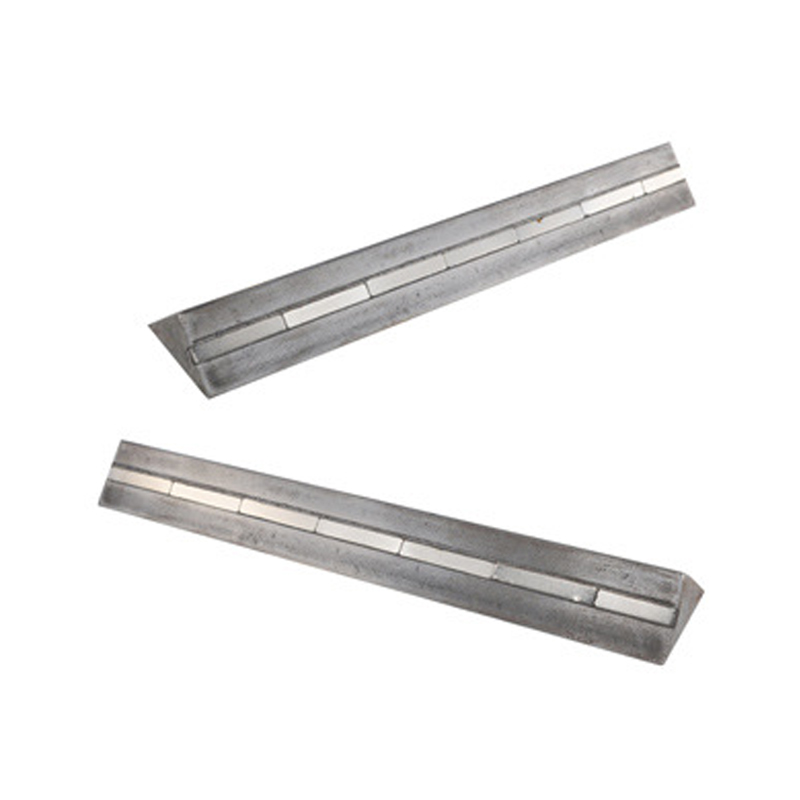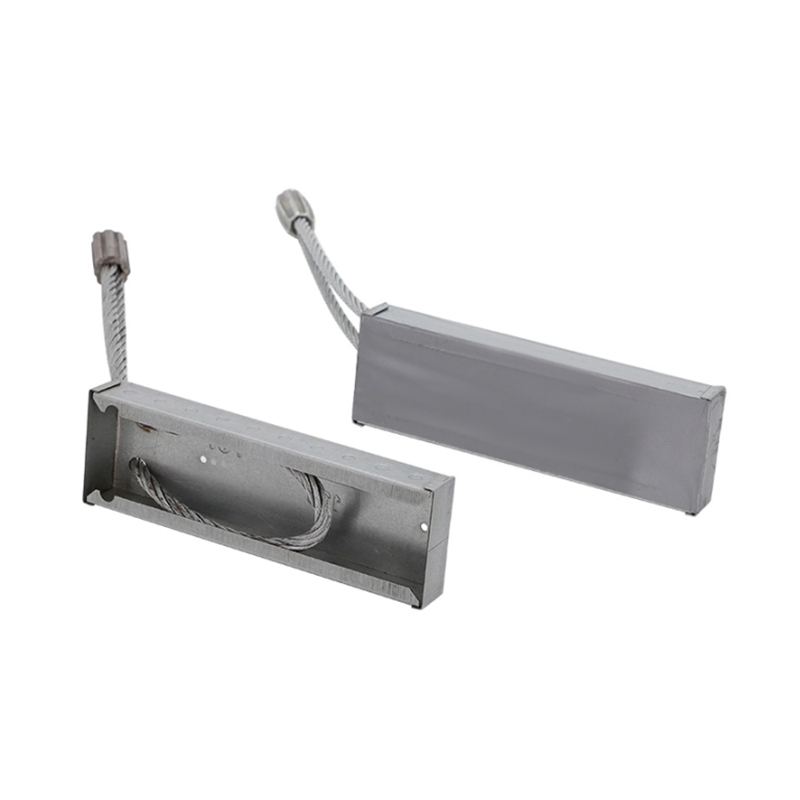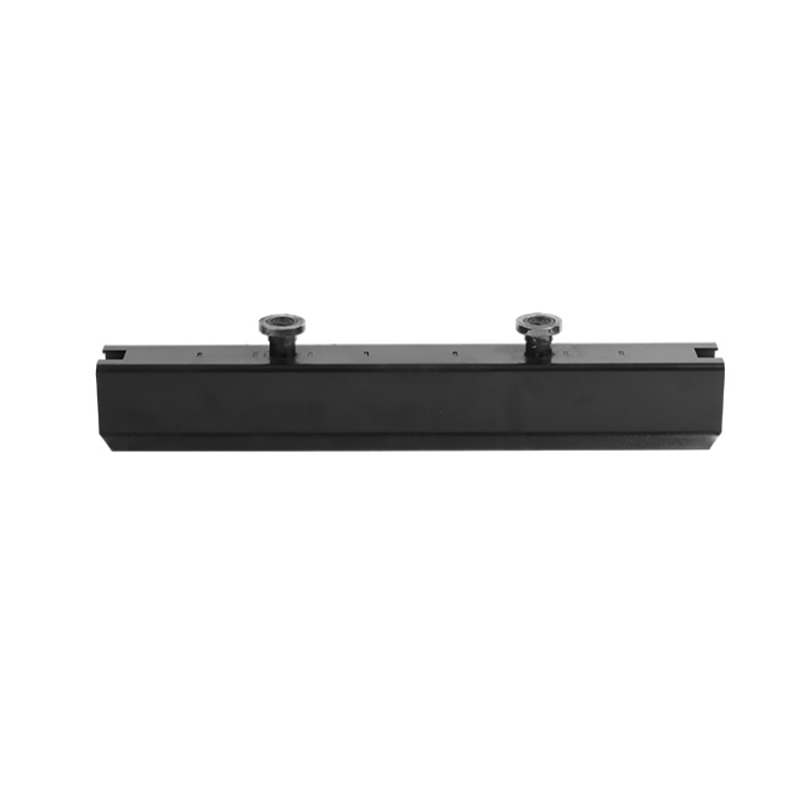1. The Beijing Tianjin Hebei Industry Summit releases the intelligent transformation route
On April 24th, the 2025 China Pre mixed Concrete Beijing Tianjin Hebei Summit was held in Xiong'an New Area, with over a hundred leading enterprises discussing the integration path of AI and industry. Enterprises such as China Construction Science and Technology Corporation and Sany Heavy Industry showcased innovative solutions such as intelligent mixing plants and new energy transportation equipment. At the meeting, it was proposed that the industry will accelerate the elimination of outdated production capacity, improve concentration through mergers and acquisitions, and plan to build more than 20 "unmanned demonstration factories" within 3 years. The first hydrogen energy concrete pump truck of Sany Heavy Industry has entered the road testing stage and is expected to be put into mass production in 2026.
2. Implementation of the first carbon footprint group standard
The China Building Energy Conservation Association released the "Carbon Footprint Quantification Standard for Prefabricated Concrete Components" in March, which clarifies the carbon emission accounting rules for the entire life cycle from raw material mining to production and transportation. This standard introduces blockchain technology monitoring data for the first time and has been piloted in Beijing Yugou Group, achieving a 12% reduction in carbon emissions for individual components. Starting from May, new construction projects in key areas such as Xiong'an New Area and Chengdu are required to attach carbon labels.
3. Fujian implements a dynamic adjustment mechanism for component prices
On March 30th, Fujian Province released the comprehensive guidance price for prefabricated components in the first quarter of 2025, incorporating transportation losses and value-added tax into the pricing system for the first time. Taking prefabricated composite panels as an example, the tax inclusive price decreased by 4.2% compared to the previous quarter, reflecting the regional capacity release effect. This mechanism will serve as a reference template for pricing reform in the Yangtze River Delta and Pearl River Delta, helping to solve the problem of cross provincial logistics cost accounting.
4. Southeast Asian market orders increased by over 40% year-on-year
In the first four months, the export value of prefabricated components in China exceeded 5.8 billion US dollars, and the Hanoi Smart New City project in Vietnam purchased 32000 cubic meters of prefabricated residential components in one go, setting a record for individual projects. The modular factory of Sany Construction in Thailand has been put into operation, adopting the "domestic prefabrication+overseas assembly" mode, shortening the delivery cycle by 40%. 85% of the elevated bridge piers in the second phase of the Jakarta Bandung high-speed railway project in Indonesia are made using Chinese prefabrication technology.
5. Large scale application of solid waste recycling technology
The construction waste recycled aggregate technology jointly developed by Beijing Institute of Technology has made a breakthrough. The municipal road project in Xiong'an New Area adopts 100% solid waste prefabricated curbstones, reducing costs by 19%. The intelligent sorting line equipped with this technology has a processing capacity of 50 tons per hour, and the metal impurity separation accuracy has been improved to 99.7%. It will be promoted in 20 "waste free cities" within the year.
6. Concerns about structural overcapacity in the Yangtze River Delta region
According to research on key enterprises, the utilization rate of PC component production capacity in the Jiangsu Zhejiang Shanghai region has fallen below 65%, and some enterprises have turned to the production of special components such as wind power foundation piles and deep-sea floating boxes. A manufacturer in Fujian has converted 30% of its production capacity to manufacturing photovoltaic bracket bases, resulting in an 8 percentage point increase in gross profit margin. Industry associations warn against low-end duplicate investment and suggest establishing regional capacity allocation platforms.









